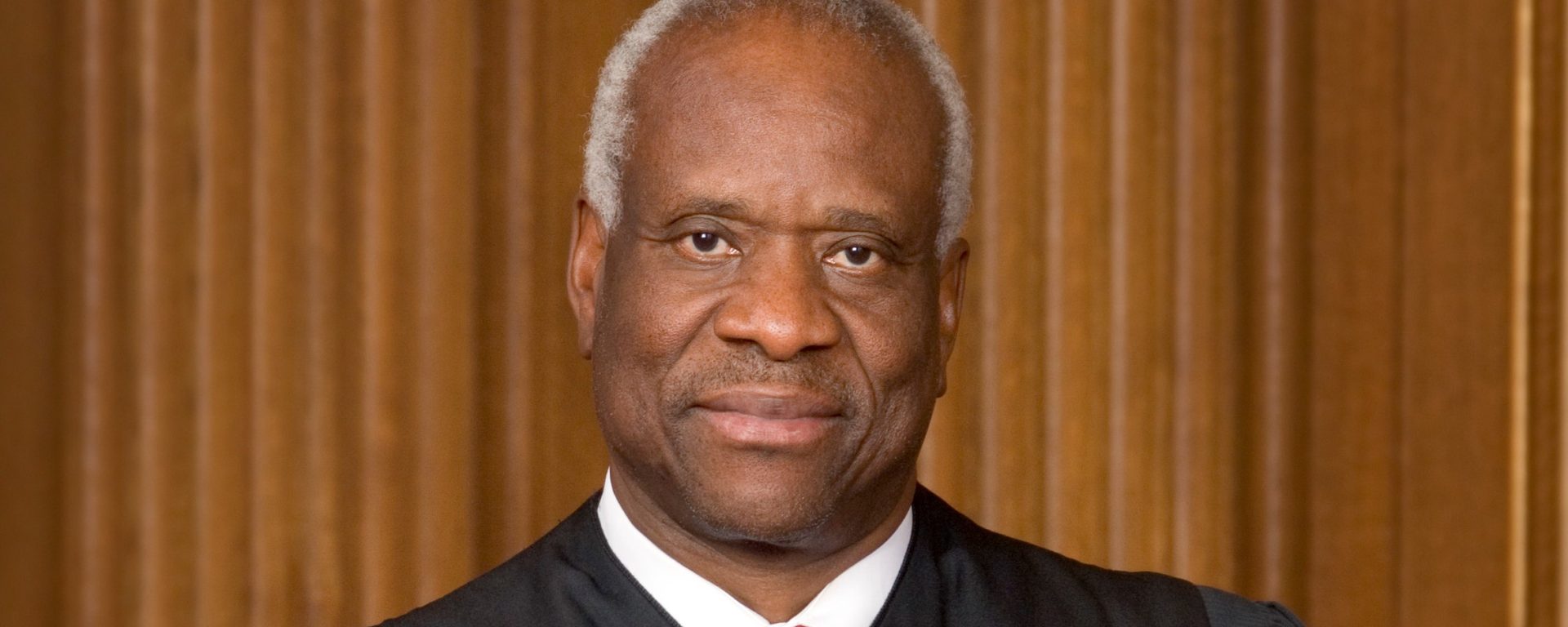The Supreme Court has changed the focus of an upcoming redistricting case, ordering attorneys to present arguments about whether the creation of a second black-majority congressional district in Louisiana is constitutional.
A ruling striking down the district at issue could force lawmakers nationwide in the future to scale back the use of race in the redistricting process.
The outcome of the Supreme Court case could also have an impact on the balance of power in the federal legislative branch. Currently, Republicans maintain a thin majority over Democrats in the U.S. House of Representatives. The seat in dispute in Louisiana is currently held by a Democrat.
The justices issued the new order on Aug. 1. No justice dissented. The new oral argument in the consolidated case of Louisiana v. Callais and Robinson v. Callais has not yet been scheduled.
The Supreme Court heard oral arguments in the case in March, but in June it declined to issue a decision. Instead, without explanation, the court ordered that the case be reargued in the upcoming term that begins in October.
Justice Clarence Thomas dissented from the court’s decision not to issue an opinion, saying the court had an obligation to resolve the case promptly.
In the case, a federal district judge previously ruled that an earlier version of the map, which provided for one black-majority congressional district, discriminated against black voters, who constitute nearly one-third of the state’s population. The judge ordered the state to create a second black-majority district after finding its failure to do so likely violated Section 2 of the federal Voting Rights Act.
Section 2 prohibits voting practices or procedures that discriminate based on race, color, or membership in a large language minority group. Courts have held that in certain circumstances, the Voting Rights Act permits states to take race into account when drawing electoral boundaries, but maps drawn explicitly based on race are unconstitutional.
A group of non-black voters sued, arguing the map discriminated against non-minorities. They said the map “engaged in explicit, racial segregation of voters.”
A three-judge federal panel agreed and reinstated the prior map. In May 2024, the Supreme Court ordered the state to use the Legislature-approved map that contained the second black-majority district in that year’s elections.
After the court-ordered changes, Republicans won four of the state’s six U.S. House districts and Democrats won two in the 2024 elections. Rep. Cleo Fields (D-La.) won the election in the newly drawn black-majority district, an elongated district that stretches from Shreveport in the northwest, following the Mississippi and Red Rivers, to the state capital of Baton Rouge. In the 2022 elections, Republicans had won five seats compared with the Democrats’ single seat.
Oral arguments in March centered on whether the map violated Section 2.
However, in its Aug. 1 order, the Supreme Court did not mention the Voting Rights Act.
Instead, the court said it wanted attorneys to address whether the Legislature’s decision to create “a second majority-minority congressional district violates the 14th or 15th Amendments to the U.S. Constitution.”
The 14th Amendment guarantees equal protection under the law. The 15th Amendment forbids the federal government and the states from interfering with voting rights based on a citizen’s race.
The first round of briefs from attorneys in the case is due Aug. 27.
On July 24, the Supreme Court paused a U.S. Court of Appeals for the Eighth Circuit ruling that prevented voters in seven states from suing over alleged discrimination under the Voting Rights Act.
The Eighth Circuit order affected the states within the circuit’s geographical boundaries—North Dakota, South Dakota, Arkansas, Iowa, Minnesota, Missouri, and Nebraska.
The Supreme Court’s ruling in the case, known as Turtle Mountain Band of Chippewa Indians v. Howe, reinstated for the time being a 2024 electoral map for the North Dakota Legislature.
The Indian tribes that brought the lawsuit argued that the North Dakota Legislature placed electoral district boundary lines for state-level elections in a way that illegally diluted the voting strength of Native Americans.
The tribes are expected to file a petition with the Supreme Court in the near future seeking formal review of the Eighth Circuit’s decision.
Before that, in June 2023, the Supreme Court upheld Section 2 of the Voting Rights Act in an Alabama redistricting case known as Allen v. Milligan. The court voted 5–4 to strike down Alabama’s electoral map, finding it had illegally diluted the power of black voters.
This article by Matthew Vadum appeared Aug. 4, 2025, in The Epoch Times.
Photo: Supreme Court Justice Clarence Thomas


